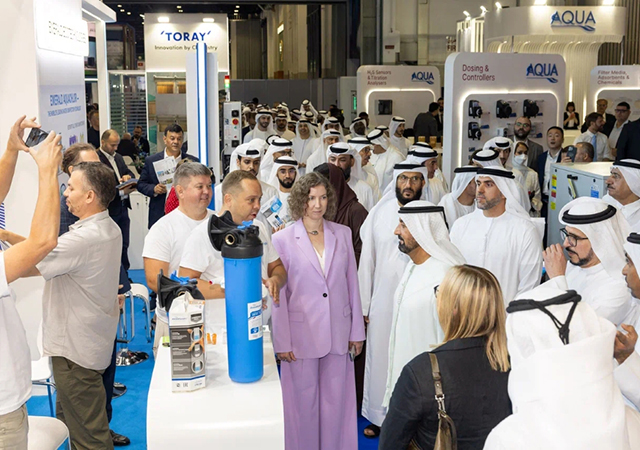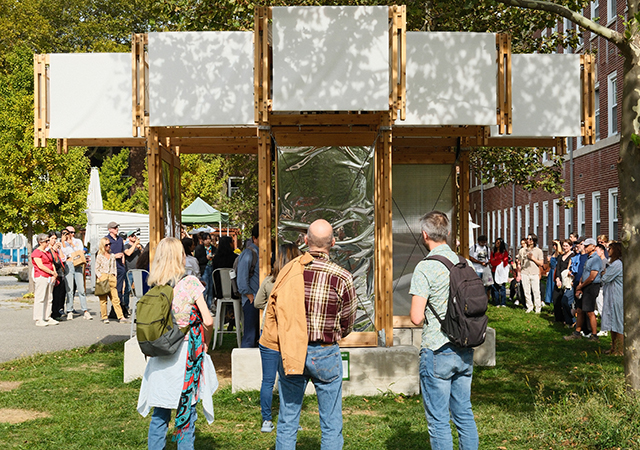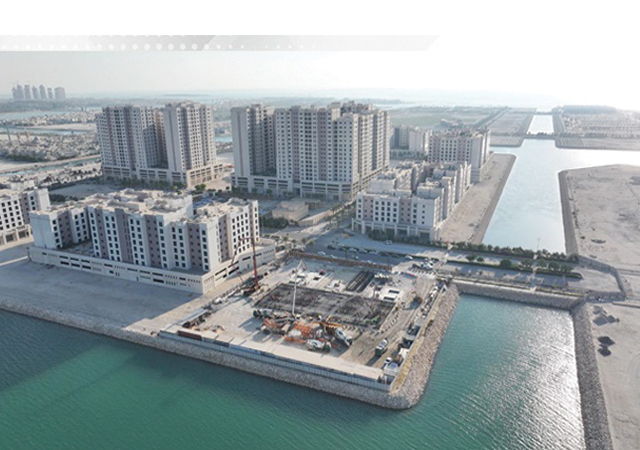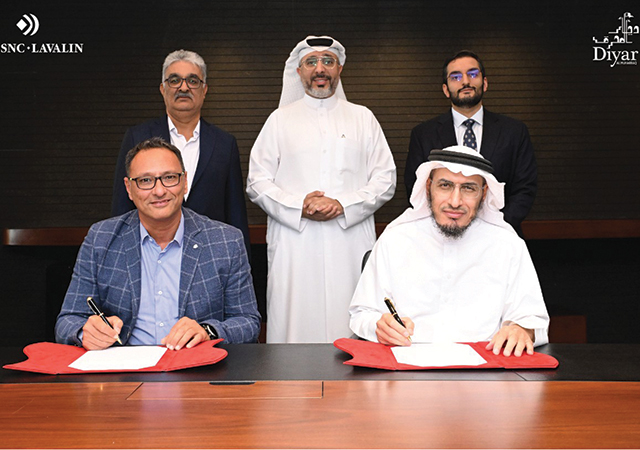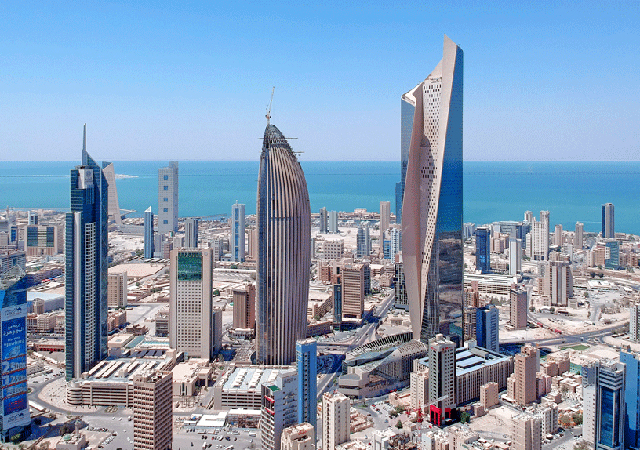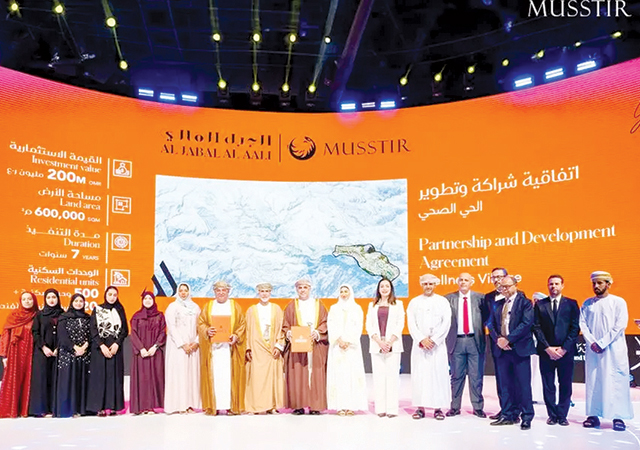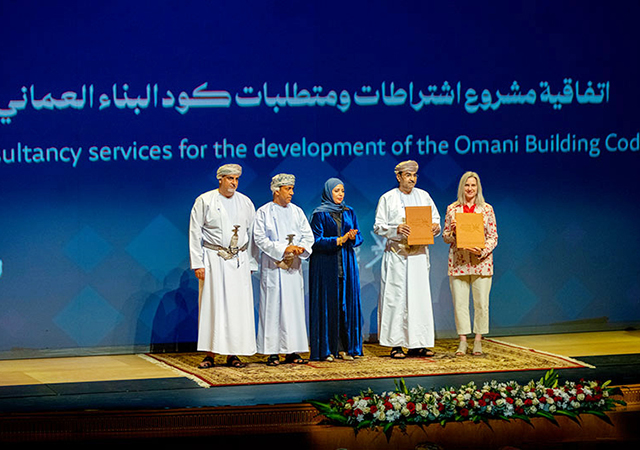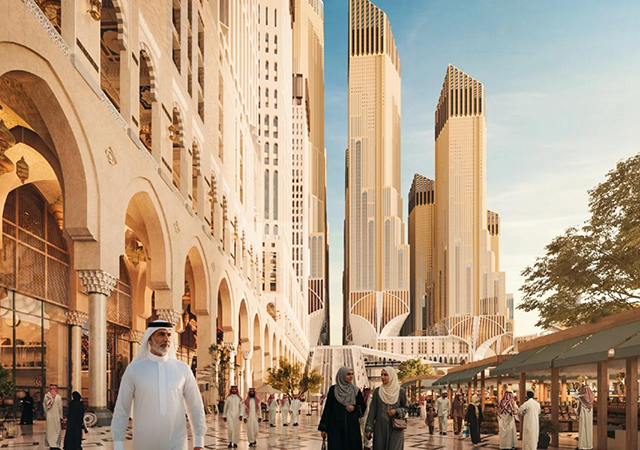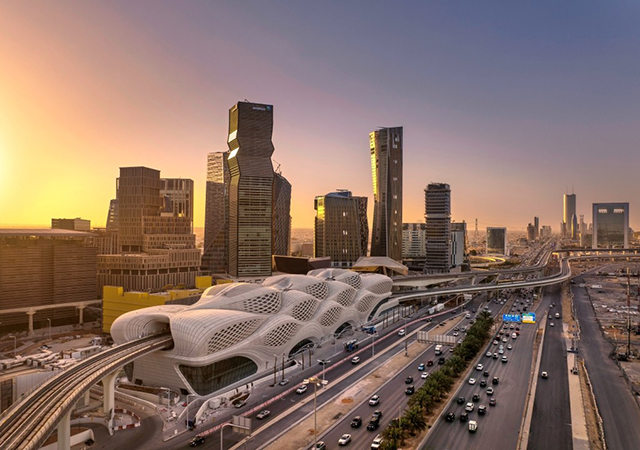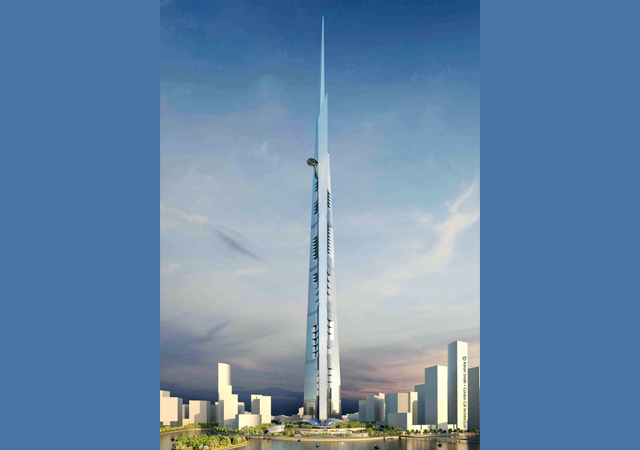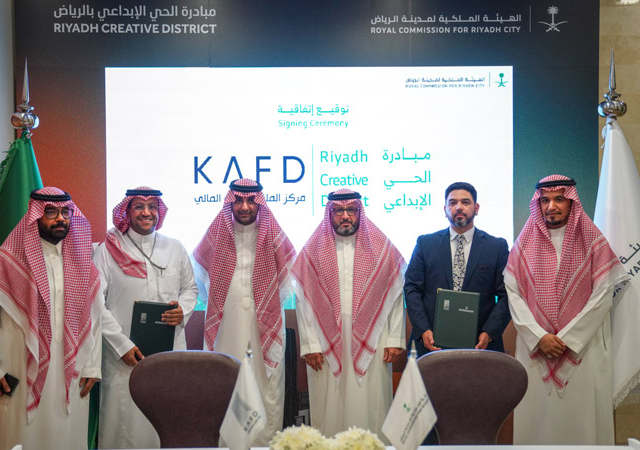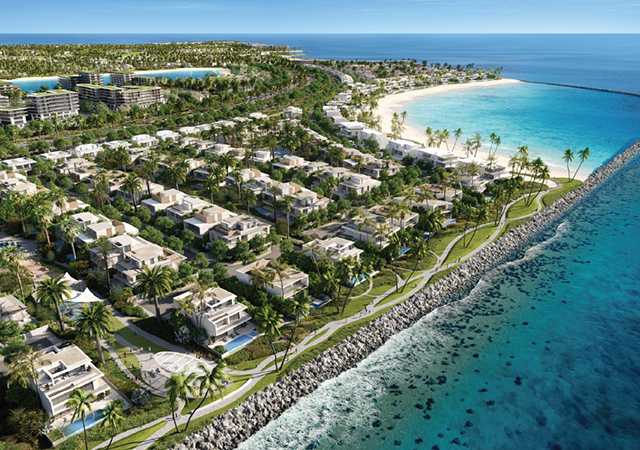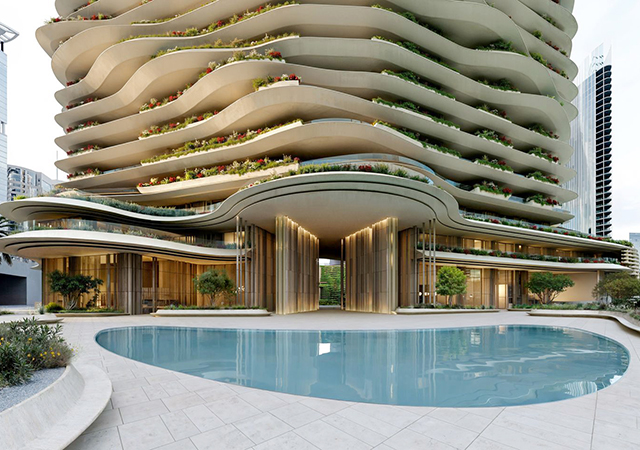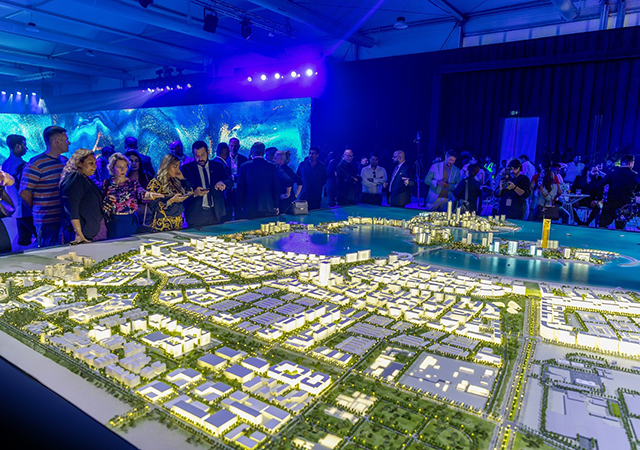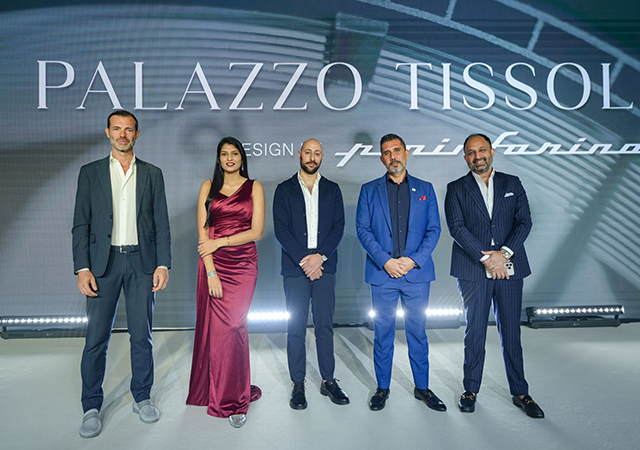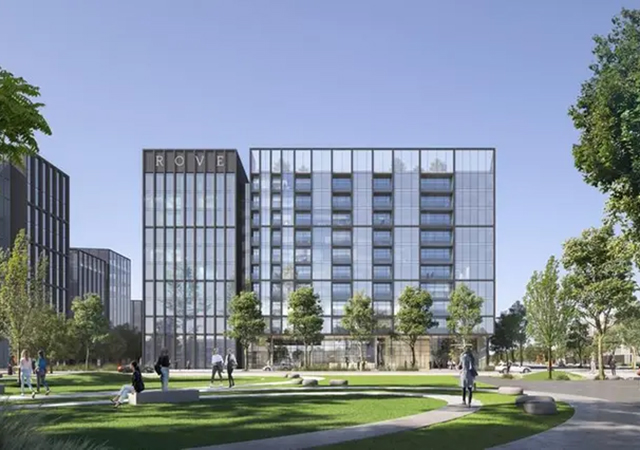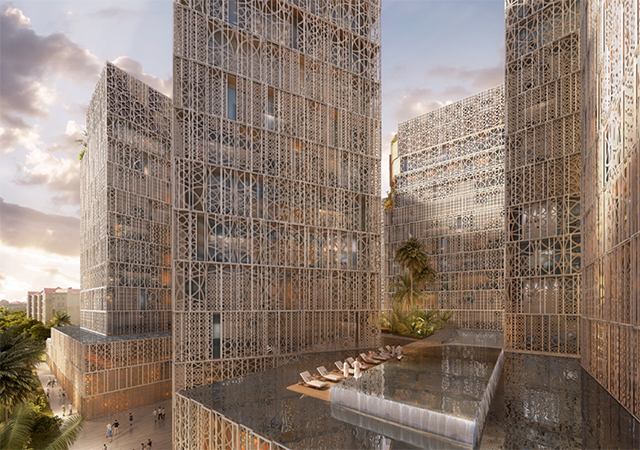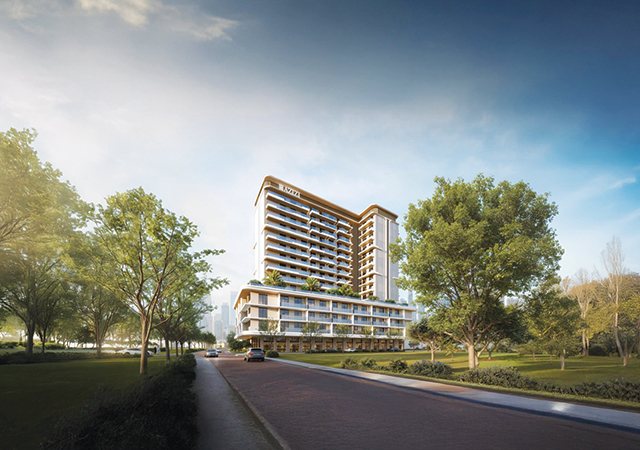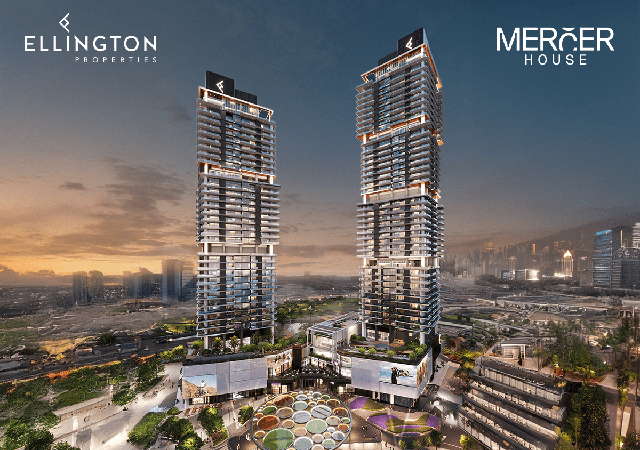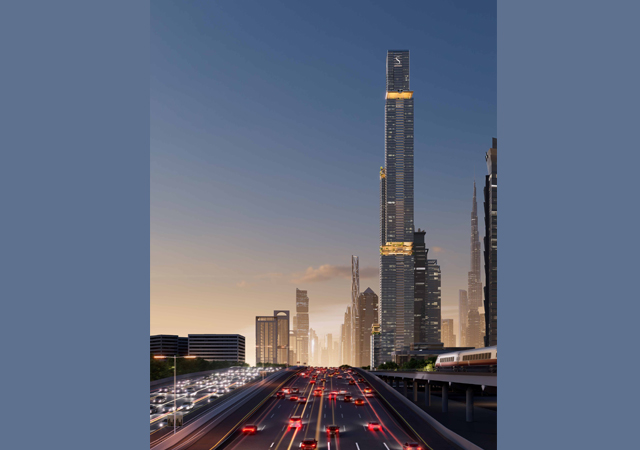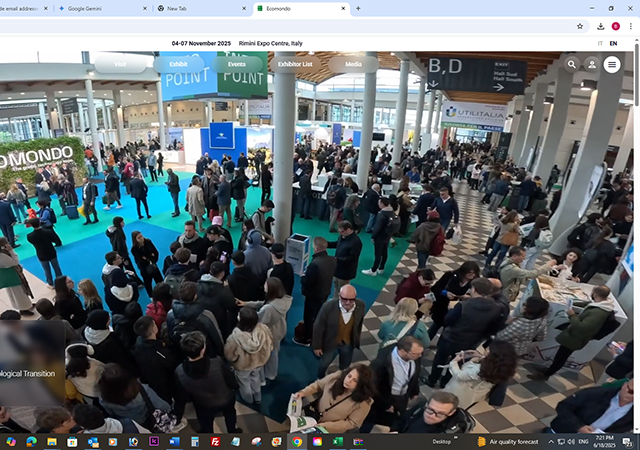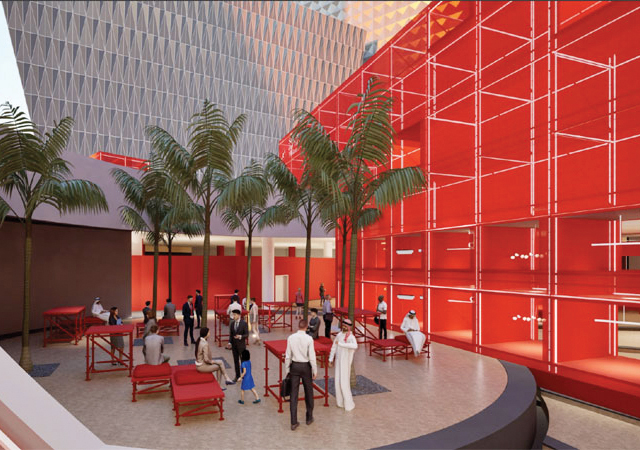.jpg) Duo ... crafted with a veined oak timber interior and a sleek aluminium shell.
Duo ... crafted with a veined oak timber interior and a sleek aluminium shell.
Spain-based Vibia, known for making contemporary designer lighting systems by blending technology with cultural expression, is using wood and other materials to create eye-catching and distinctive fixtures.
In line with the re-emergence of wood in design, Duo – designed by Ramos & Bassos for Vibia – embodies the latest wood trend in lighting. Inspired by nature, its simple, circular silhouette is crafted with a veined oak timber interior and a sleek aluminium shell. The combination provides versatility and a compelling visual juxtaposition between the earthy, organic interior and the more refined exterior. The wood lends the LED-powered fixture a warm glow while the exterior ensures an even distribution of light.
Prized for its strength and durability, wood was a perennial favourite in traditional design and architecture but modernism moved away from this natural medium, turning instead to new, man-made materials, a spokesman for Vibia points out.
.jpg) |
|
Vibia’s Duo embodies the latest wood trend in lighting. |
These days, wood has re-emerged as a design trend and has once again become a popular presence in residential and hotel design.
As Nizar Jamal, an architect in Saudi Arabia, explains: “Designers started realising that the use of wood evokes warmth and reminds us of the environment. It also acts as a balance with artificial-looking modern materials. Wood is not only a trend, but a major design element that will never fade.”
Lighting designers, in particular, have embraced the appeal of wood. It fits nicely into today’s prevailing eco-friendly sensibility and, as Jamal points out, its rich colour and organic look “embrace the light and produce a calm and homely feeling”.
According to Paul Felix, a London-based lighting designer, the increasing miniaturisation of LEDs means the light source recedes into the fixture, “allowing the wood to retain its natural elegance and remain the main feature – as opposed to the interior LED”.
Although any wood can be used for lighting design, Felix cites ash, beech and pine as among the best for their “long, flowing grain patterns”.
Wooden fixtures are an ideal match for contemporary environments. “The material is highly flexible,” says Jamal, noting that it pairs beautifully with everything from marble and concrete to metal and glass.
What’s more, there’s a compelling colour palette of wood and wood grain available today, says Felix. “Very light woods and grey-grained or oak-lined wood finishes are as much at home within ultra-modern concrete finishes as they are within modern minimalist interiors.”
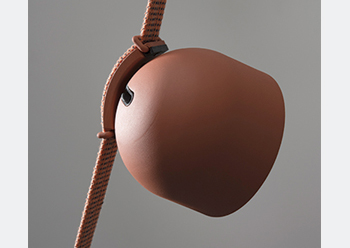 |
|
Plusminus ... inspired by a simple strap that holds luggage. |
Plusminus
In line with its reputation for launching contemporary lighting systems with a difference, Vibia has also launched an innovative and versatile collection of lights that is basically inspired by a textile strap.
Plusminus, designed by Stefan Diez, is inspired by the simple strap that holds luggage in place on a car roof rack or a bicycle carrier, utilising it in combination with various shades to generate different lighting models and moods.
From taut to slack, the strap – which is both the support system and the electrical conduit – traces different configurations in the air that, together with the shades, generate bespoke sculptural lighting installations.
To achieve the successful technical resolution of the system, Diez worked with a Berlin-based institute in order to come up with a textile strap that would allow the conduit of an electrical current through its entire length. This strap is then used in different ways to attach the various light sources of the collection to bring light wherever it is required.
“With such an electric conductive strip we can do a lot of nice things,” says Diez.
Plusminus is defined by its formal variety that combines textiles and hard elements with a versatile result. Placed along the wall or suspended down, it provides a lighting system based on elements that can be easily added to or removed from the strap at will – thus making it ideal for home and contract applications, says Diez.
The collection includes four light sources that can be attached to the strap to generate different lighting effects: a soft rounded lamp shade that provides a downlight effect; the classic glass globe version that glows, which is available in two different sizes; a linear model that consists of a thin metre-long light strip that can be attached to the strap; and a highly flexible spotlight version that is also attached to the strap and can be angled as required.
The strap itself can be cut to length using a simple scissors and adapted to any décor using different colour threads and patterns woven into its width while the shades are manufactured using glass as well as aluminium available in several powder-coated earthy and metallic tones.
A range of accessories including an anchor clamp that holds the strap in place, suitable for floors, walls or ceilings, is the key to the collection’s versatility. The defining element, the strap, is both an attractive feature and the way in which the lights are connected to the current and one another, says the spokesman.
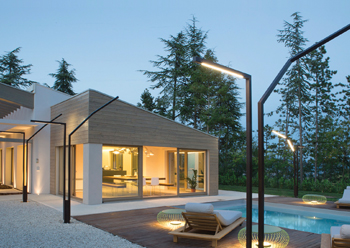 |
|
The Palo Alto lends an outdoor space the look of illuminated landscaping. |
Outdoor lighting
Meanwhile, for the outdoor space, Vibia offers a range of innovative collections, several of which have been updated with new finishes and features to ensure an alfresco area is as functional and well-designed as an indoor room.
Among them is Wind – designed by Jordi Vilardell – which with its oversized scale and striking silhouette makes a towering statement. The drum shade is intricately woven of fibreglass, creating a compelling webbed texture. Wind is offered as a pendant as well as three different sizes of floor lamp, and is newly available in a choice of brown, green, and ocre red finishes.
Vibia’s Origami – designed by Ramón Esteve – is inspired by the eponymous Japanese art form. It consists of a pair of architectural modules that can be arranged in customised designs, generating a striking play of light and shadows. Origami is now offered in white, brown, terra dark and green finishes.
Yet another collection that has been enhanced is Palo Alto, which lends an outdoor space the look of illuminated landscaping while being organic and architectural. In an update to the LED-powered design by Xuclà, the fixture now gives off a greater amount of light more efficiently.
Founded in 1987 in Barcelona, Vibia has a presence in more than 80 countries around the world, with an associate in the US as well. Its products provide specific solutions and also inspire the creative capacity of architectural, interior design and lighting professionals.



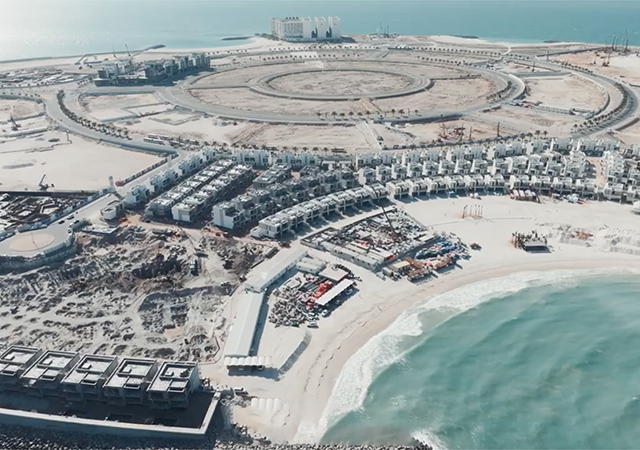


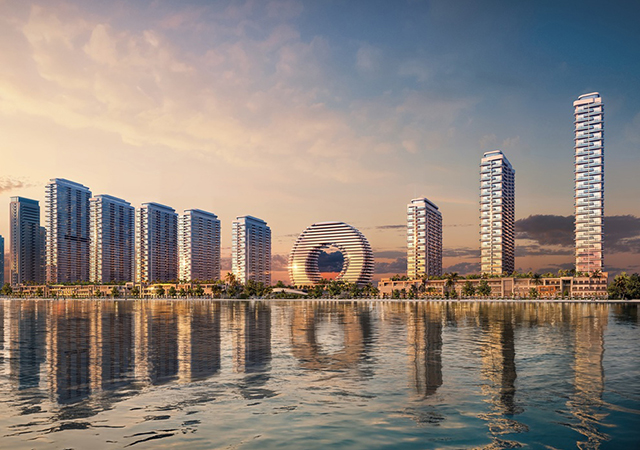
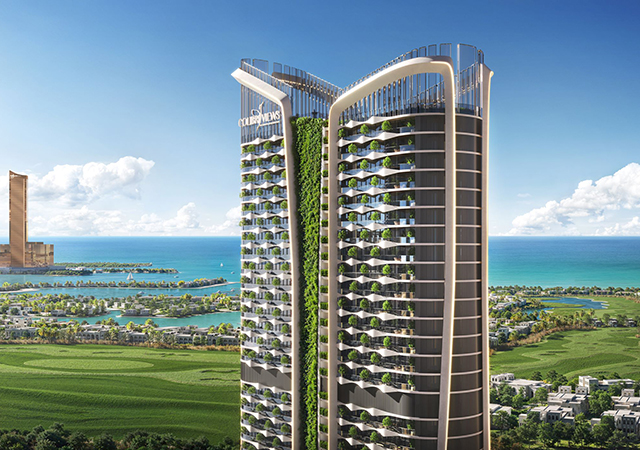
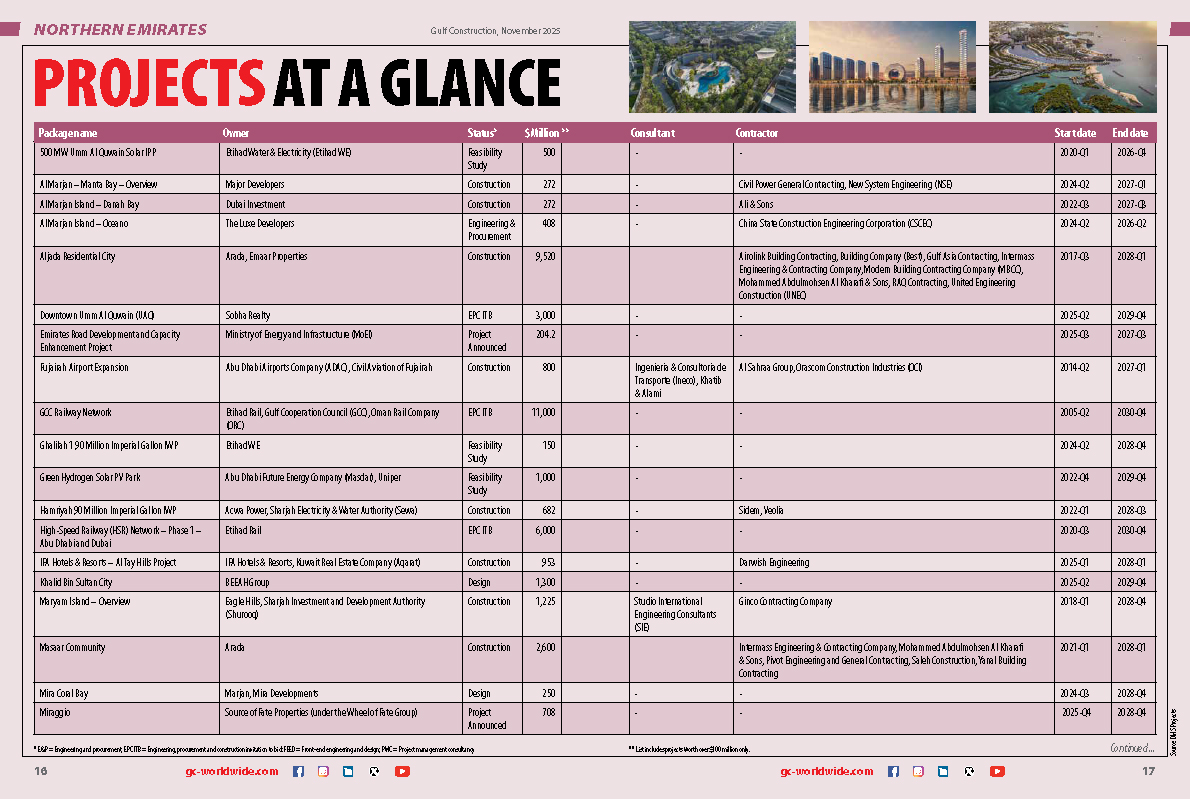

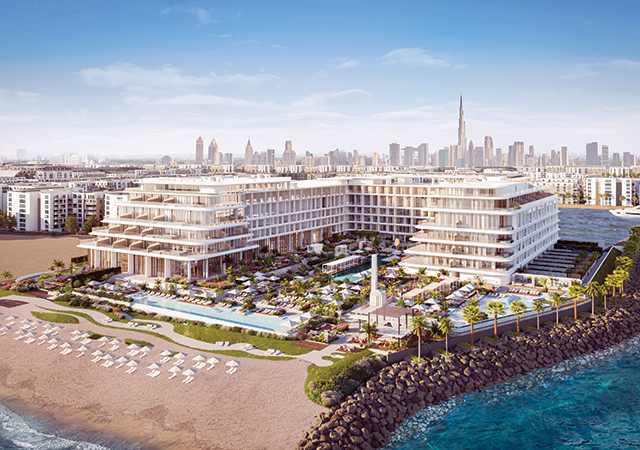


(5).jpg)


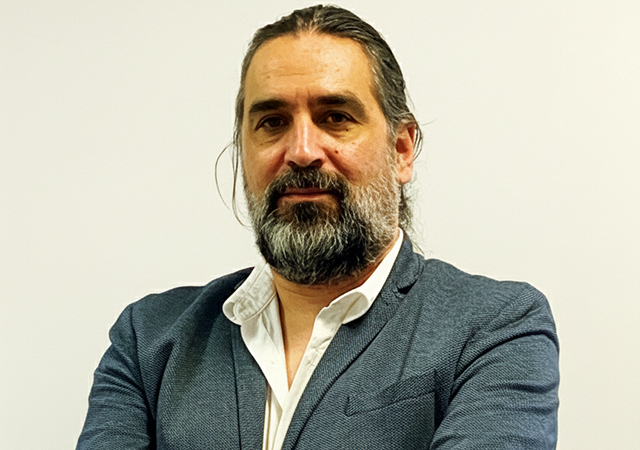
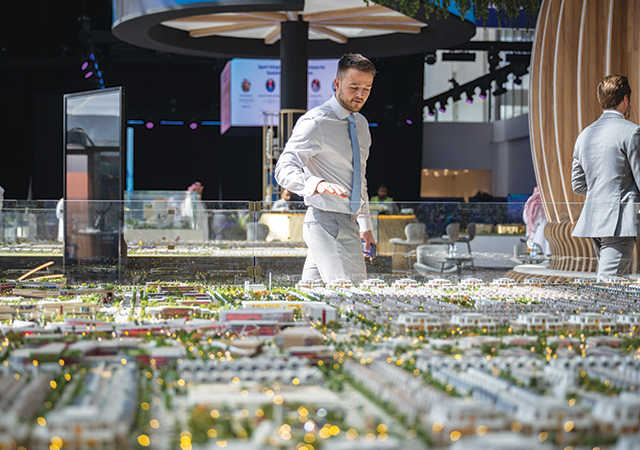
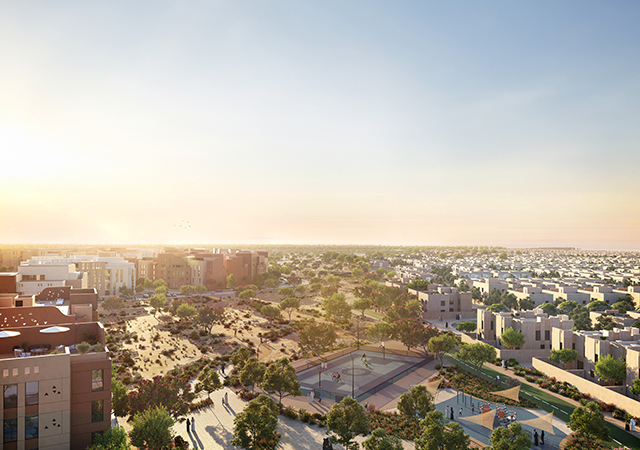
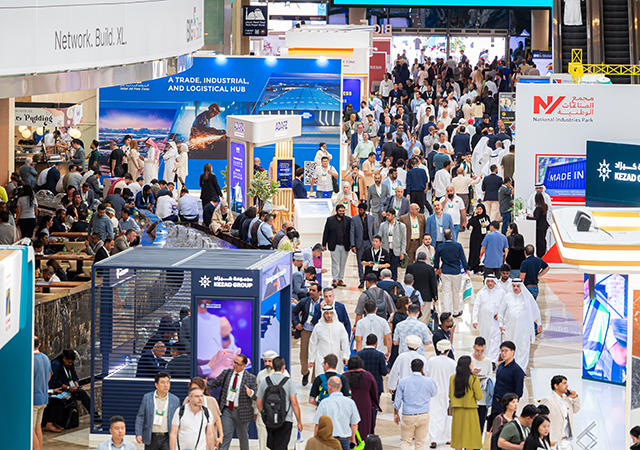
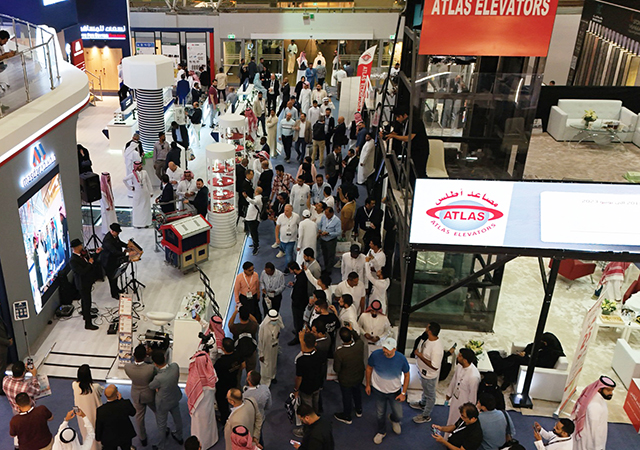
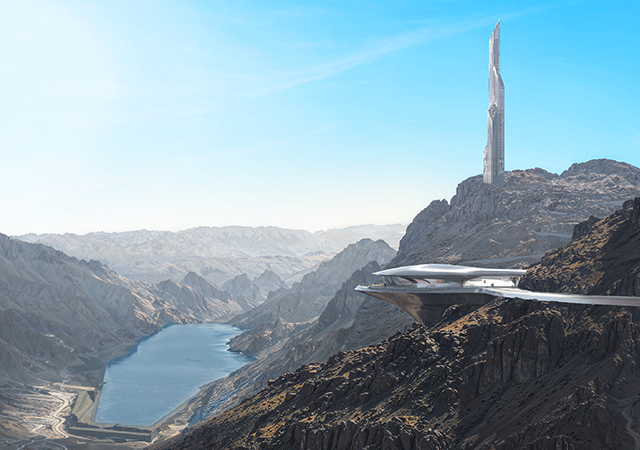
.jpg)





